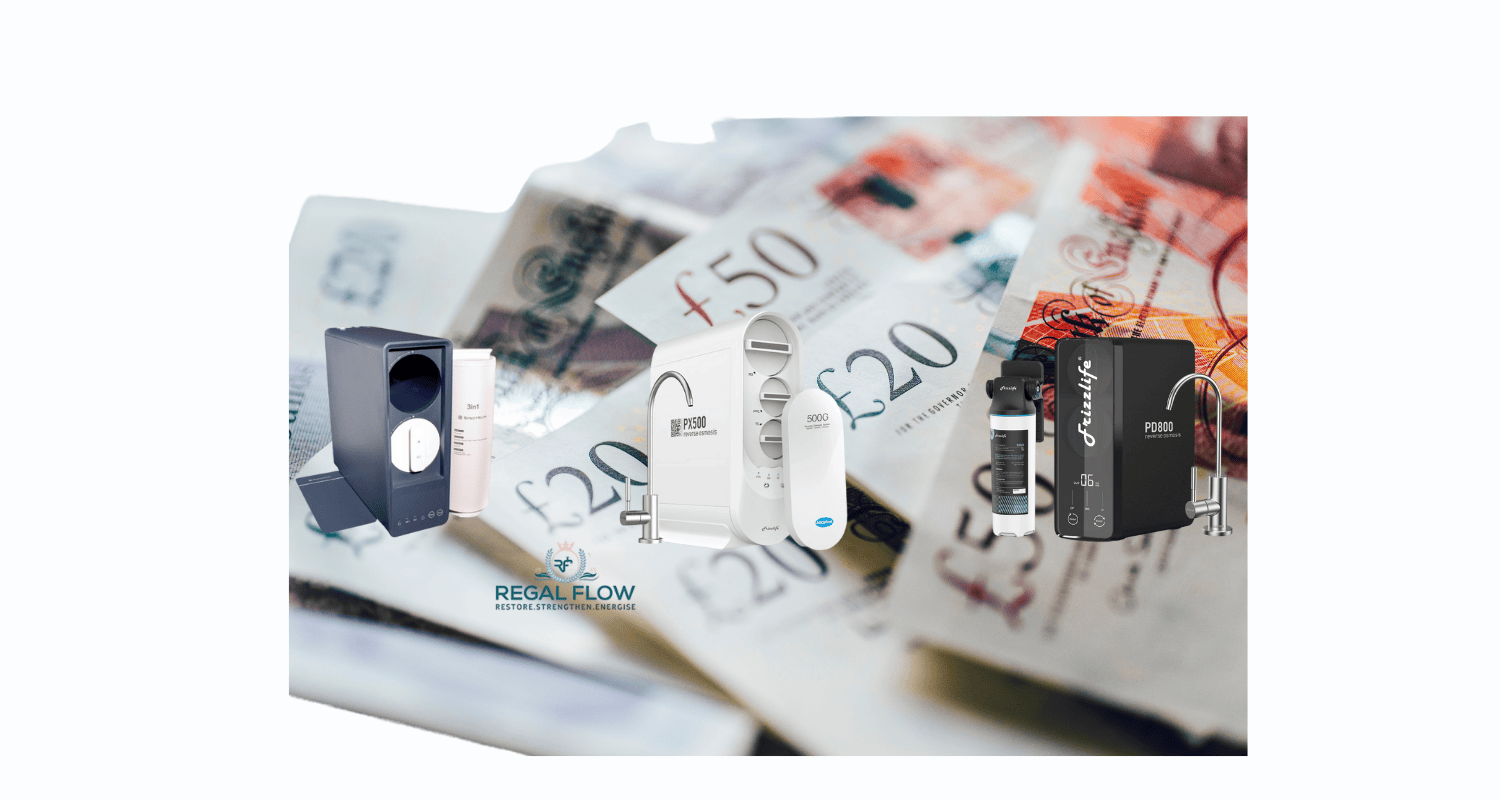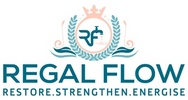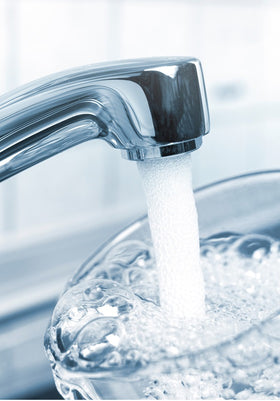
Why Is Reverse Osmosis Expensive? Here's What You Need to Know
Ever wondered why reverse osmosis systems cost a pretty penny? The short answer: high-tech magic and pricey parts! But it’s not just the fancy membranes—everything from energy use to professional installation adds up. In Reverse Osmosis FAQs: Answers to Common Questions, we break down exactly why reverse osmosis systems (and even countertop dispensers) aren’t cheap—and why they’re worth it.
The Complexity of Reverse Osmosis Technology
Reverse osmosis (RO) is a clever bit of kit when it comes to purifying water, but it’s not exactly cheap to own. While many of us think of water filtration as something straightforward, reverse osmosis systems are much more complex than your average filter.
The Advanced Filtration Process
At the heart of every RO system is a semi-permeable membrane. Water is pushed through this membrane under pressure, which allows clean water to pass through while blocking contaminants. It’s an effective process, removing everything from chlorine to lead. But it’s a highly technical and precise operation – which, of course, bumps up the cost.
The Quality of Components and Materials
When it comes to reverse osmosis, you get what you pay for. RO systems rely on top-quality materials to ensure they function properly and last. From the tough housings to the membranes that do all the hard work, these systems are built with durability and efficiency in mind. However, as with anything high-end, these premium components make RO systems pricier to produce.
Key Factors Contributing to the Cost of RO Systems
Now that we know RO systems are packed with advanced technology and quality materials, let’s take a look at what exactly makes them so expensive.
Membrane Technology and Manufacturing
The membrane is the star of the show. It’s what actually filters the water and removes all the nasties. But creating a membrane that’s both highly effective and durable isn’t easy, which makes it costly. The better the membrane, the more expensive it is to manufacture, and this is reflected in the price of the whole system.
Multiple Stages of Filtration (Pre-filters, Post-filters)
Reverse osmosis isn’t just one step; it’s a multi-stage process. You’ve got your pre-filters to catch large particles, the RO membrane to do the heavy lifting, and post-filters to refine the water and improve taste. Each additional filter adds to the system’s cost, both in terms of purchase price and long-term maintenance.
The Need for a Pump (in many systems)
One of the reasons RO systems can be expensive is the pump. Most systems rely on a high-pressure pump to force water through the membrane. This adds to both the upfront cost and ongoing energy usage, but it’s necessary for the system to work efficiently.
Storage Tanks and Faucets
If you’ve ever seen an RO system, you’ll notice it’s not just a filter – it often comes with a storage tank and a separate faucet for dispensing the filtered water. These extras make the system more convenient, but they also increase the price. And if you opt for a high-end dispenser or tank, you can expect to pay a bit more.
Installation Costs (if professionally installed)
Let’s face it, installation isn’t always as simple as “plug it in and go”. While some systems are DIY-friendly, others require a professional to ensure they’re set up correctly. Professional installation might add a few hundred pounds to the total cost, but it can save you from headaches down the line, ensuring your system is running smoothly.
Ongoing Maintenance Costs of RO Systems
Reverse osmosis systems are built to last, but like any good piece of technology, they need regular upkeep to keep them running at their best.
Regular Filter Replacement Expenses
Maintaining an RO system isn’t free. The filters need to be replaced regularly – typically every 6–12 months depending on usage. These replacements can range from £20 to £100, so it’s important to factor that into the overall cost of ownership.
Membrane Replacement Frequency and Cost
The membrane doesn’t last forever, either. On average, you’ll need to replace it every 2–3 years. High-quality membranes can be pricey, often costing anywhere between £100 and £300. Replacing the membrane is a significant cost, but it’s essential to maintain the system’s effectiveness.
Potential Repair Costs
Nothing lasts forever, and even the best RO systems may need repairs. Whether it’s a faulty pump or a damaged membrane, repairs can add to the cost. While regular maintenance can help prevent issues, it’s still important to be aware that unexpected costs might arise over time.
Comparing the Long-Term Costs and Benefits of RO Water
When you weigh up the long-term costs and benefits of reverse osmosis, the higher price tag may seem a bit more justifiable.
Cost Savings Compared to Bottled Water
Here’s a kicker: while the upfront cost of an RO system can be high, it can save you a fortune in bottled water. Over time, the cost of buying bottled water adds up, especially if you’re using it every day. With an RO system, you’re paying for the initial setup and maintenance, but your water is free once the system is up and running.
The Value of High-Quality, Clean Drinking Water
The main benefit of reverse osmosis is the peace of mind it provides. With contaminants like chlorine, lead, and pesticides removed, you can be sure that your drinking water is as pure as possible. For households where water quality is a top concern, the long-term health benefits are well worth the investment.
Environmental Benefits
Let’s not forget the environmental impact. By ditching bottled water in favour of an RO system, you’re cutting down on plastic waste. Every bottle you don’t buy is one less piece of plastic in the environment, making RO systems an eco-friendly choice for conscious consumers.
Are There More Affordable Water Filtration Options?
If reverse osmosis sounds a bit too steep for your budget, don’t worry – there are other ways to filter your water without breaking the bank.
Activated Carbon Filters
Activated carbon filters are one of the most common and affordable alternatives. They’re great for improving taste and removing chlorine, but they don’t filter out as many contaminants as RO systems. If you’re after basic filtration, they’re an excellent budget-friendly choice.
Water Filter Pitchers
Water filter pitchers are another affordable option. They’re easy to use and replace, but they’re limited in the number of contaminants they can remove. Still, for many people, they offer a simple solution for cleaner water without the high price tag.
Under Sink Filters (Non-RO)
Under-sink filters can offer a more advanced solution than pitchers without the price tag of an RO system. While they don’t use reverse osmosis technology, they often employ carbon or other filters to remove impurities. They’re an excellent middle-ground for those who want better water quality without the full investment of an RO system.
Conclusion: Weighing the Investment in Reverse Osmosis
In the end, reverse osmosis systems are an investment in your health and the environment. While they come with a higher price tag, they provide clean, pure drinking water and offer long-term savings compared to bottled water. For those willing to make the investment, the benefits are undeniable. However, if you’re looking for a more affordable option, there are still plenty of ways to filter your water effectively without spending a small fortune. Whether it’s activated carbon filters, pitchers, or under-sink systems, there are alternatives to suit every budget. So, weigh up your priorities – and make the choice that works best for you.
More Reverse Osmosis info we think you'll love
Are Reverse Osmosis Filters Interchangeable?
Are Reverse Osmosis Filters Universal?
Are Reverse Osmosis Systems Safe?
Are Reverse Osmosis Systems Worth It?
Can Reverse Osmosis Water Cause Constipation?
Can Reverse Osmosis Water Cause Diarrhoea?
Can Reverse Osmosis Water Dehydrate You?
Is Reverse Osmosis Water Bad for your Health?
Why is Reverse Osmosis Water Good for You?
Why do Reverse Osmosis Systems Waste Water?
Why Does My RO System Keep Draining?



Leave a comment